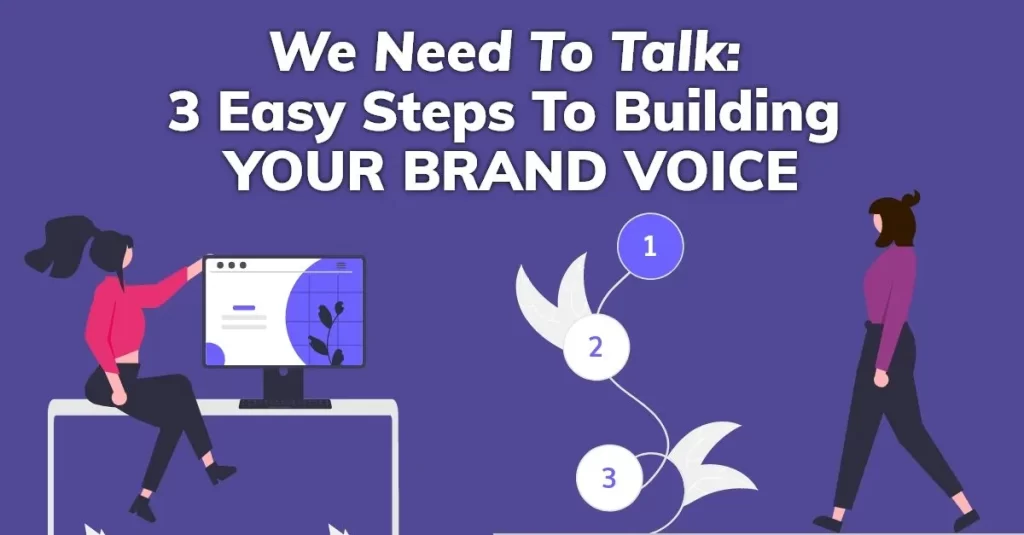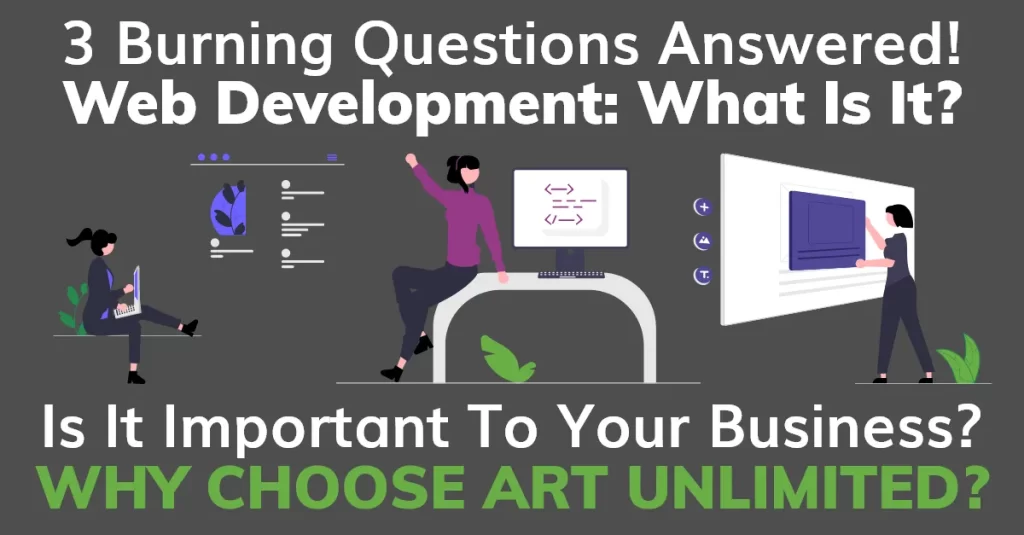We Need to Talk: 3 Easy Steps to Building Your Brand Voice
Marketing is the art of convincing people of what they want. Brand voice is the person your business is while they are doing the convincing.
Every brand has a voice, intentional or not. Big Jim’s BBQ makes the best burgers in town. Big Jim tells a joke every time you come in to eat. Big Jim is what you think of when you think of his restaurant’s brand– fun, casual, and comfortable.
Alternatively, the local museum down the street has been all over social media with cool facts about Founders Day, and you know you’ll be looking for that “fact of the day” tomorrow. Even though there is not one particular person’s voice to the brand, the museum holds your attention with an informative, educational brand voice.
More prominent brands know that how you talk to your customers is an extension of who you are as a company. Large companies dedicate entire teams to their brand voice and consistent communication with potential customers.
All companies, big and small, can build their brand voice in three steps.
Step 1: Who Is Your Audience?
In 1967 a study was published out of UCLA by Professor Albert Mehrabian that showed that around 38 percent of all communication is tone. We use a different tone when we are talking to the bank than when we are wishing grandma a Happy Birthday. Our kids hear a different tone in our voice the first time we ask them to put on shoes as opposed to the fifteenth time we ask.
Brands have different tones as well. You’ll never see a five-star restaurant talking to you the same way that McDonald’s does. This is because the tone is set based on the clientele the brand is hoping to reach.
Take this ad as an example:
This is young humor. Spotify music is marketed to a demographic that understands the platform, understands modern music and would get the joke. Spotify’s brand voice is speaking to people who want to relax and have fun– formal or educational ads would miss the mark.

By contrast, check out this ad:
The Great Courses is an educational company that takes world-class speakers and presents their lectures in an easy streaming platform. Like Spotify, they want you to listen and subscribe, but their audience is older and more mature.
When you are building your brand voice, you should consider exactly who needs what you are offering. It is helpful to look at who buys from you the most. Are your customers twenty-year-old motorcycle enthusiasts? Are you a big hit with the wealthy retirement crowd? If you use slang and an informal tone and your audience is the highly educated elite, you may not be hitting the mark in your brand voice.

Step 2: What Do My Clients Need From Me?
When you have narrowed down who you should be talking to, you will have to decide what those people need from you. In some cases, brand voice is just used to talk. You can be just a company having a conversation. Usually, this voice sounds casual, conversational, and universal, but it is not a strong place for marketing.
To capture your audience’s attention, you need your voice to do something to stand out. Some brand voice types are:
Educational
Decisive
Emotional
Humorous
Elite
Weird
Suave
Inspirational
Each of these serves a different purpose to a diverse audience. In the service industry, educational and decisive voices are more common than emotional and weird. Roofers are selling a serious and pricey product to a homeowner who wants to make the best choice.
Occasionally, though, a roofer can break through the market with a whole different voice like this example:

Step 3: Putting It All Together
With your newly established brand voice, you can take on the task of talking to your customer base. At this stage, you should evaluate where your audience consumes their media. You have to figure out if you need more visual communication, such as social media, or more written content, like a blog. Your audience may reach the demographic that thrives in video content on TikTok or lives for a solid podcast.
Where and how you use your brand voice matters, and your channels should make sense. It is also important to remember that you can not always assume where your audience wants to hear from you. Be flexible. Digital marketing is fluid and changes quickly. It is critical to a healthy marketing strategy to use your brand voice in several channels and make sure you are not missing out on an opportunity you never expected.
Build your brand voice. Figure out who you are talking to you, what you can do for them, and how they need to hear from you. These small steps can make significant changes in your everyday marketing strategy and make you a frontrunner in your market.



